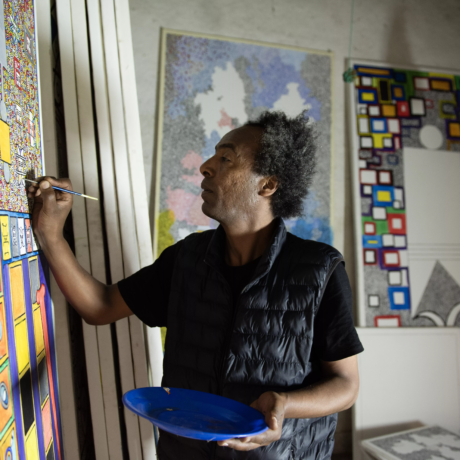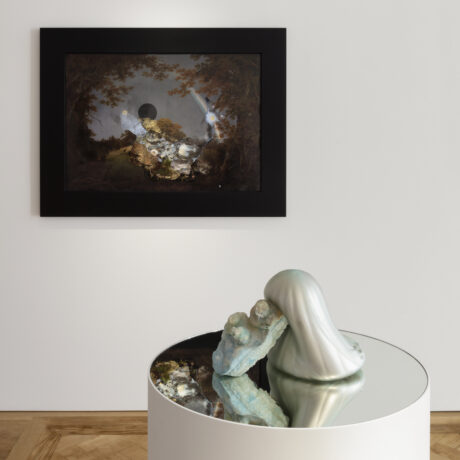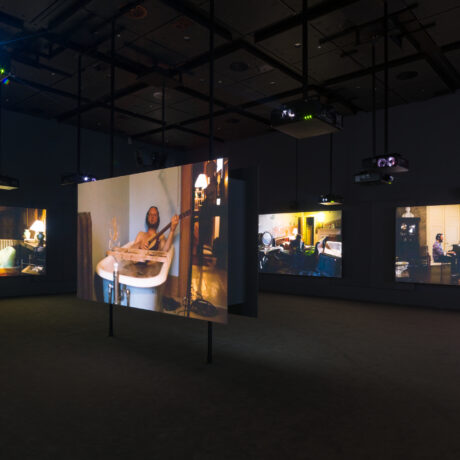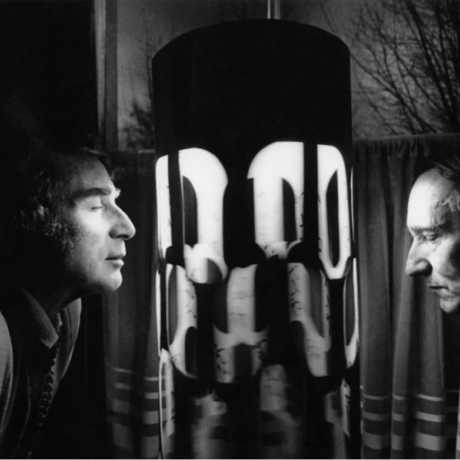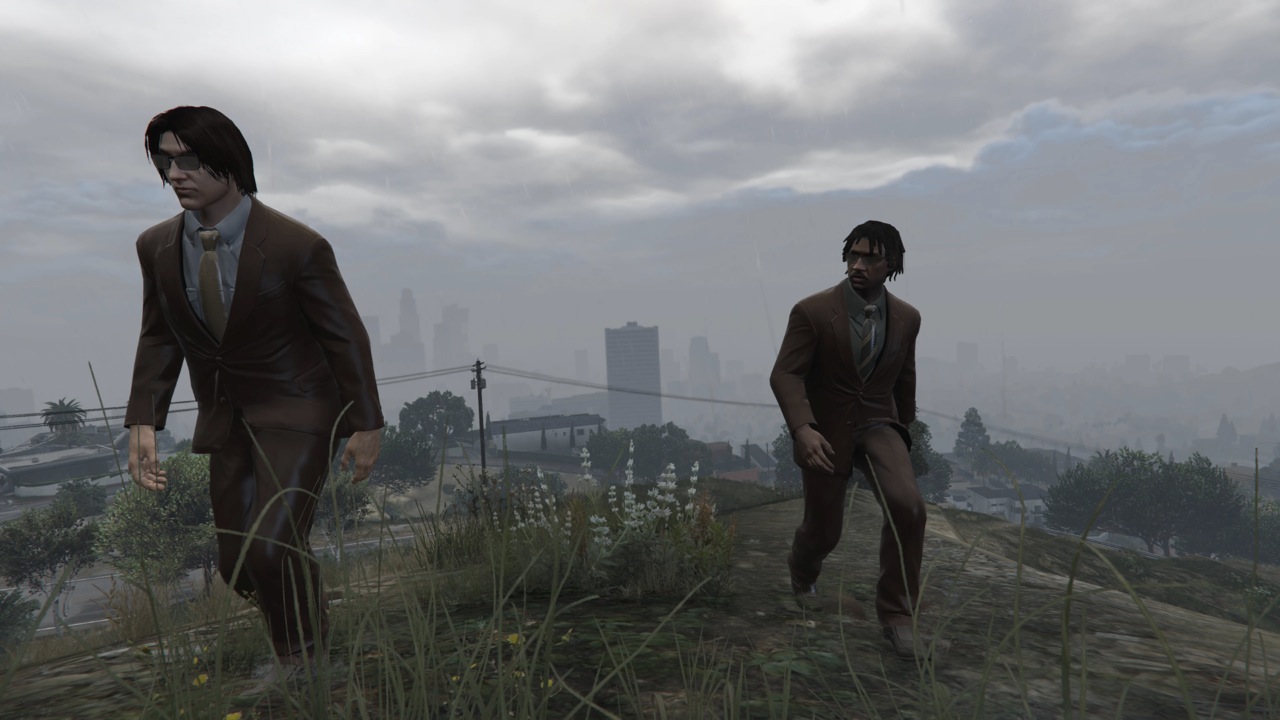
Elephant and Artsy have come together to present This Artwork Changed My Life, a creative collaboration that shares the stories of life-changing encounters with art. A new piece will be published every two weeks on both Elephant and Artsy. Together, our publications want to celebrate the personal and transformative power of art.
Out today on Artsy is Eva Recinos on Graciela Iturbide’s Nuestra Señora de Las Iguanas.
Although I’ve always been around art, I was relatively late to engaging with it in any meaningful way. I remember visiting Liverpool’s galleries and museums with my mum and brother when I was little as it was a cheap day out, but I couldn’t say it was my first love. Instead, Liverpool Football Club, Adam and the Ants, Star Wars, Super Nintendo, science fiction and comic books jostle for position when I think about the things I loved most as a child. In short, it was popular culture that sucked me in and kept me rapt. The feeling of a last-minute winner, the louche drama of the Prince Charming video and the satisfaction of vanquishing an end-of-level boss; these things never really leave you.
But when I started taking writing seriously, I returned to visual art—as if it chose me. It certainly drove what you could loosely call career decisions. I found myself on a news journalism course for little more than five minutes before realizing that door-stepping, endless vox pops and stories about shady local characters weren’t for me. It was as much a surprise to me as to anyone else, then, that despite my fondness for what some sniffily refer to as “low” culture, I was increasingly attracted as a writer to works of art of the kind often considered “challenging”. Abstraction was and remains my bag. Those turn-of-the-century artists hobnobbing around Paris coffee houses and bars whose work, outlook and ideas changed everything.
I’ve now been around art for some time, though. I’ve played for both sides, writing as a critic, then working on exhibitions at a large institutional gallery, and back again. In each case, the weight of art history eventually becomes palpable, and this only increases; it deepens. In the worst cases, it can be almost suffocating: “Have I got this right about such-and-such artist’s relationship to X?”; “How and why is this contemporary painting in conversation with geometric abstraction?” You know the kind of thing.
“Liverpool Football Club, Star Wars, Super Nintendo and comic books jostle for position when I think about the things I loved most as a child”
In short, this thing we call ART can be difficult. On occasion, as clear as mud. It can be stiflingly dry, too, and sometimes getting to the bottom of an artist’s work can feel like a fool’s errand rather than rewarding. Then, of course, there’s the responsibility to your audience, which requires the delivery of a strong shot of easily digestible, contextualizing information within a limited word count. The vagaries and complexities contained in this as a writer can be exhausting to the point of tedium, and quickly becomes an academic exercise. Ultimately, one cannot get by indefinitely on allusion, line, shape, black squares and primary colour alone.
Fortunately, we don’t have to. And there are a whole host of artists out there who believe this too, among them Larry Achiampong and David Blandy, who operate independently and in a fruitful partnership. I first saw and loved David Blandy’s work, The Way of The Lone Pilgrim: The Search for Mingering Mike, at Liverpool’s Bluecoat as part of the city’s 2008 Biennial. It offered up a heady brew of pop culture references and ephemera including comic books, Sun Ra and soul music.
Some years later in 2017, I read an interview with the pair in the Atlanta-based magazine Art Papers, loosely themed around author Philip K. Dick and, by extension, science fiction’s relationship to art. In it, they discuss their UHD digital video project, Finding Fanon (named for three lost plays by the titular philosopher Frantz Fanon). The series is a trilogy; Episodes 1 and 3 are live-action film, while Episode 2 is set in the video game universe of Grand Theft Auto V.
In each episode, the pair are bedecked in tweed suits, playing versions of Fanon and the father of existentialism himself Jean-Paul Sartre (who wrote the introduction to the former’s treatise on colonization, The Wretched of the Earth). In Finding Fanon 1, Achiampong wears a pair of retro-futurist goggles that are suggestive of a steampunk Victoriana vibe. The rich narrative in each episode speaks of a catastrophic war and post-humanity; sci-fi shorthand abounds. None of this, or what follows, is alienating or difficult to grasp.
Difference, belonging, race, immigration, prejudice and pride are addressed explicitly, in matter-of-fact fashion, never laboured or heavy-handed. You don’t need, either, to be au fait with either Fanon or Sartre’s philosophies to be affected by, or enjoy, the films. Instead, those layers are simply there, additional narrative threads to be explored, adding to the experience. Nothing is included that makes the artists appear clever or more learned than the viewer.
“Difference, belonging, race, immigration, prejudice and pride are addressed explicitly, never laboured or heavy-handed”
Like a warm knife in butter, then, it cuts through patronizing “high” vs “low” dichotomies that stubbornly linger to this day. And, among a handful of other works, it is a work that has reinvigorated—and made me rethink—my relationship to contemporary art, which has at times looked in danger of becoming jaded. There is no compromise here, either: Finding Fanon doesn’t trade immediacy and ease of understanding for depth and meaning. “Differences separate us regardless of our beliefs, intentions or friendship. Maybe it’s not I whom should abandon his blackness, but instead you renounce the system and its design that continues to privilege you”, comes the powerful assertion in Finding Fanon 3.
Achiampong and Blandy understand that art, like the genre of sci-fi they call on so readily and expertly, is a vehicle with which to discuss and address the world’s ills. Finding Fanon, and Achiampong and Blandy’s work more broadly, is a beacon for those lost on the periphery of the art world, trying to find a way in. How many of us so-called arts aficionados are still dumbfounded by its meanings and accoutrements? Never mind the general public, left cold by their experiences with contemporary art, and feeling stupid through no fault of their own. Finding Fanon achieves the opposite. It invites you over, makes you comfortable and tells you a story in a way that Mondrian, Bourgeois, Pollock (I could go on) never could. Through adopting aspects of popular culture, it makes accessible an often all too impenetrable space.
Top image: Larry Archiampong and David Blandy, Finding Fanon 2, 2015. Courtesy the artists
Did an artwork change your life?
Artsy and Elephant are looking for new and experienced writers alike to share their own essays about one specific work of art that had a personal impact. If you’d like to contribute, send a 100-word synopsis of your story to office@elephant.art with the subject line “This Artwork Changed My Life.”
Head to Artsy to read their latest story in the series, a piece on Graciela Iturbide’s Nuestra Señora de Las Iguanas
READ NOW